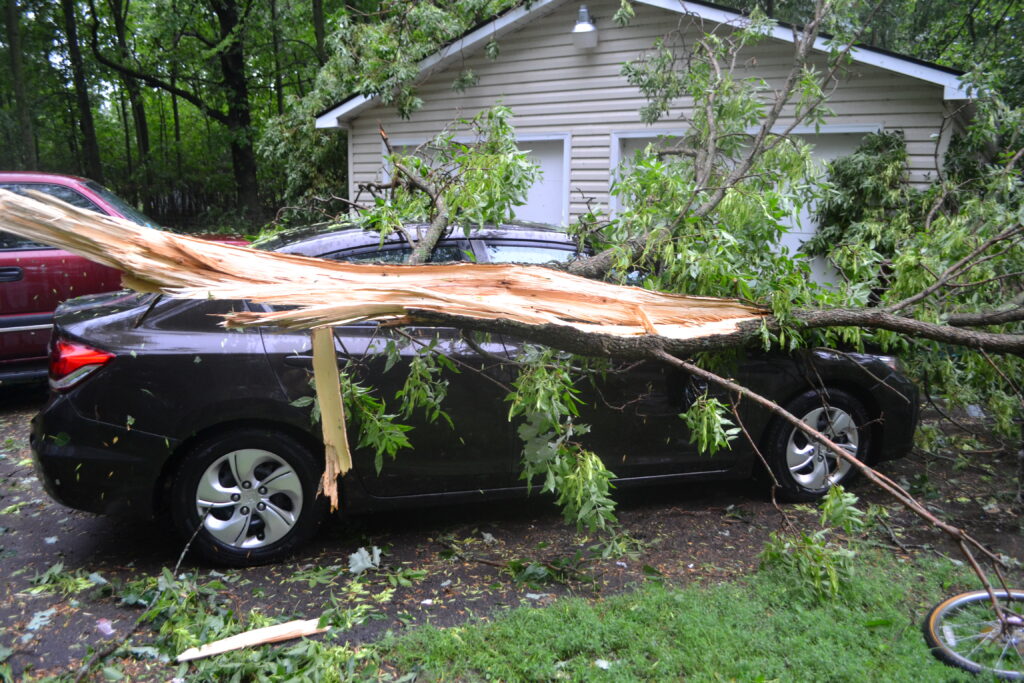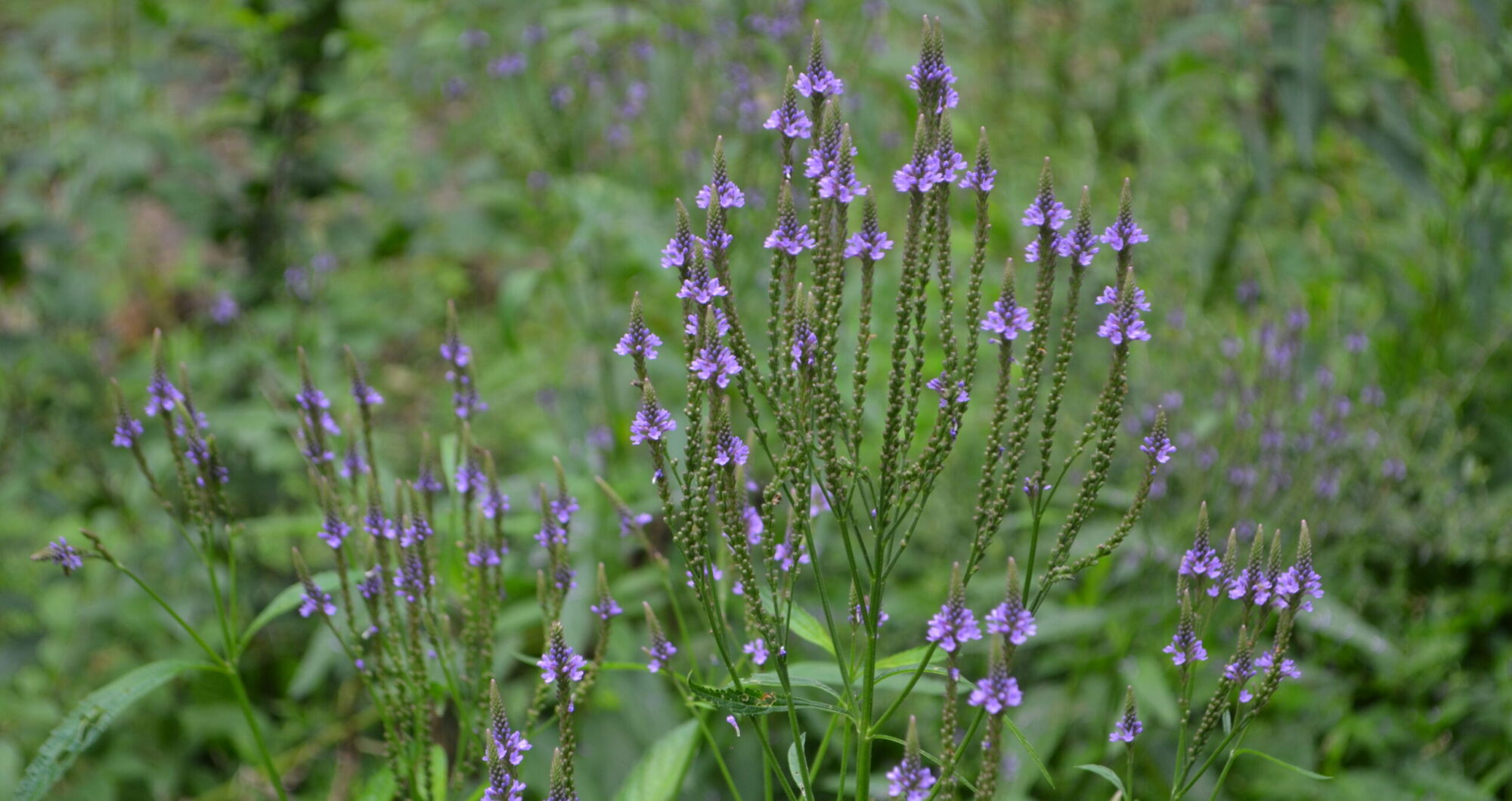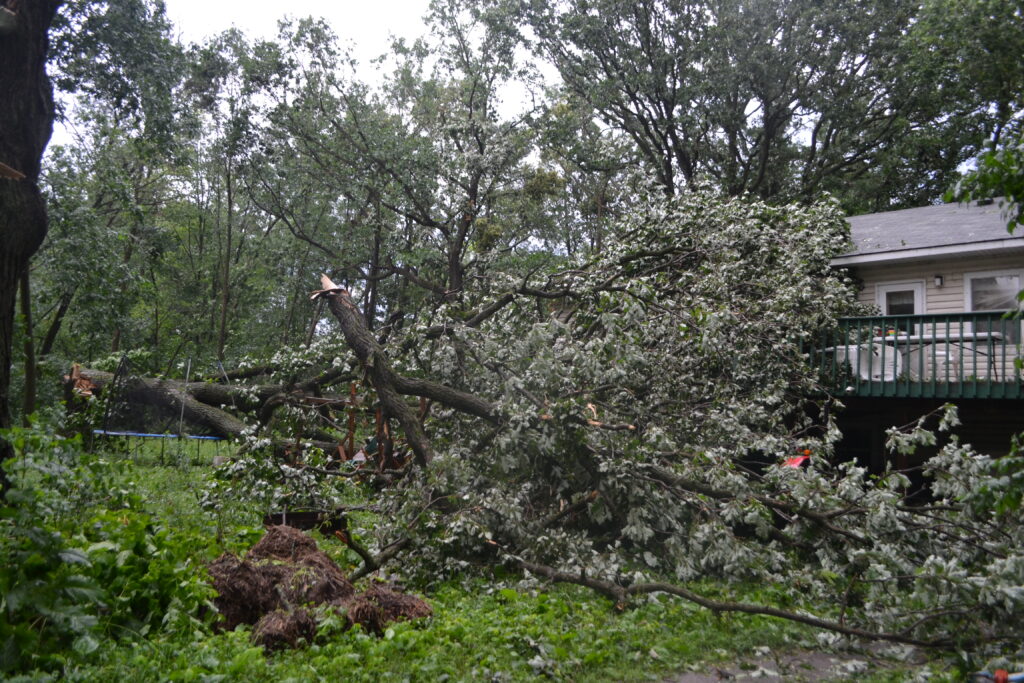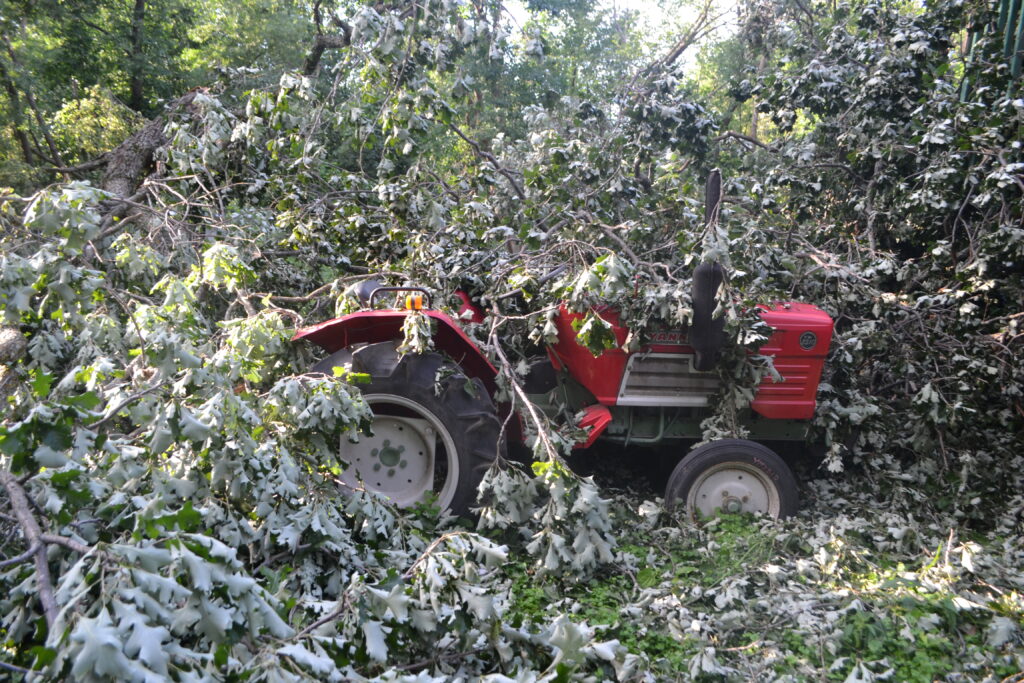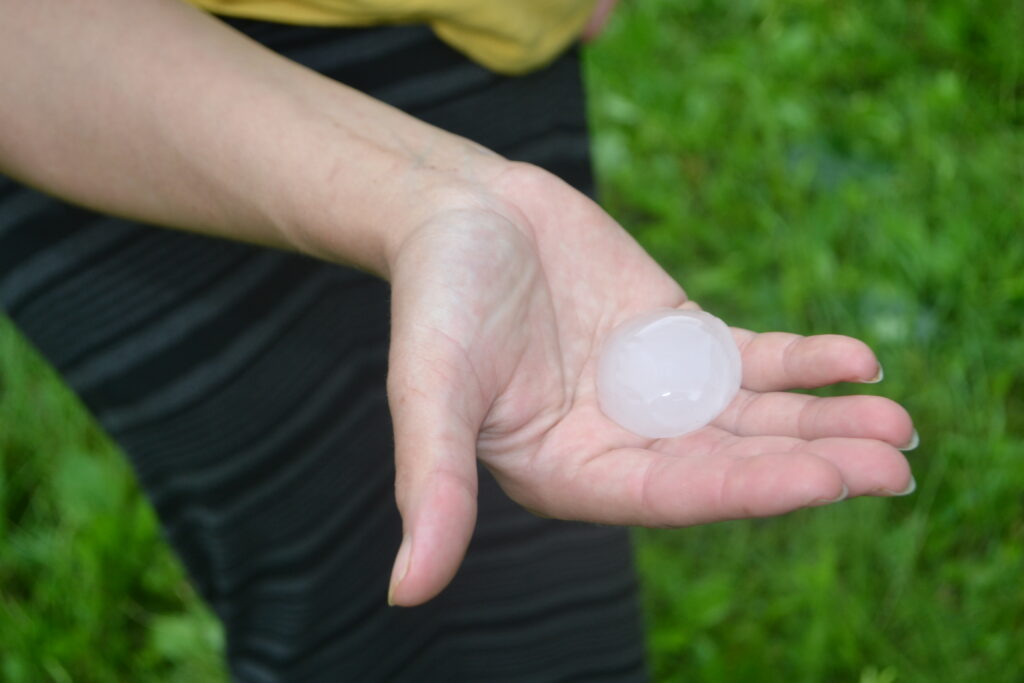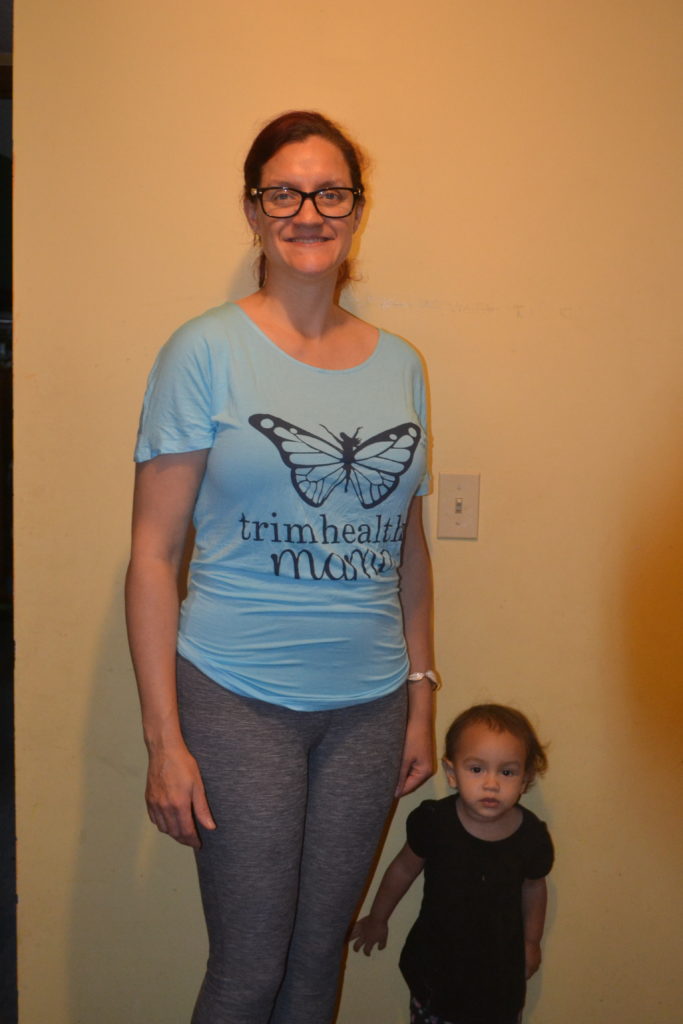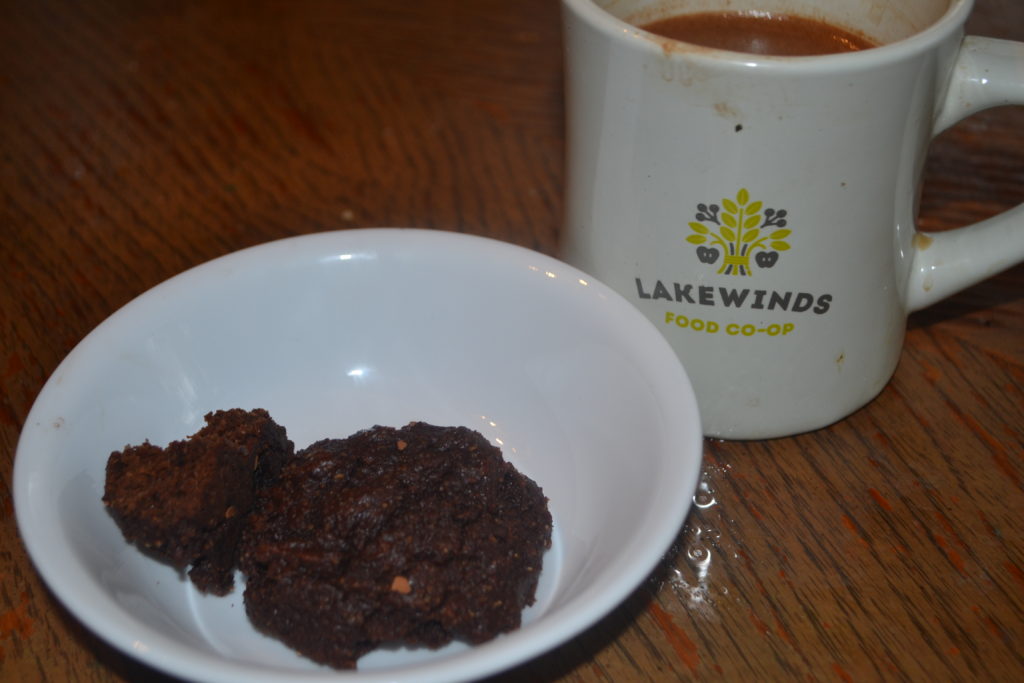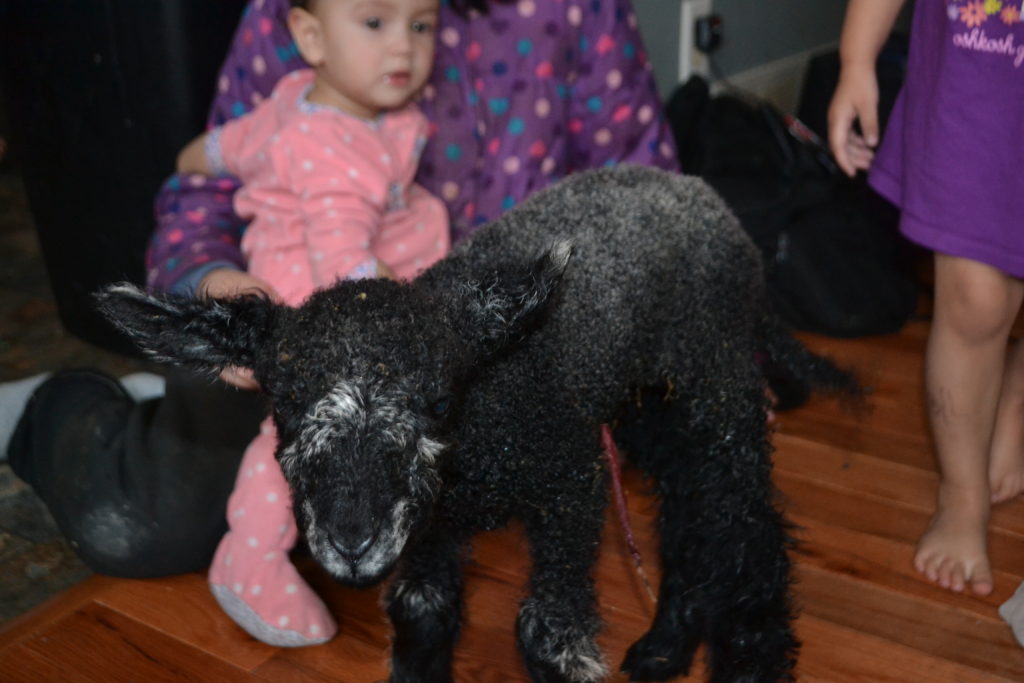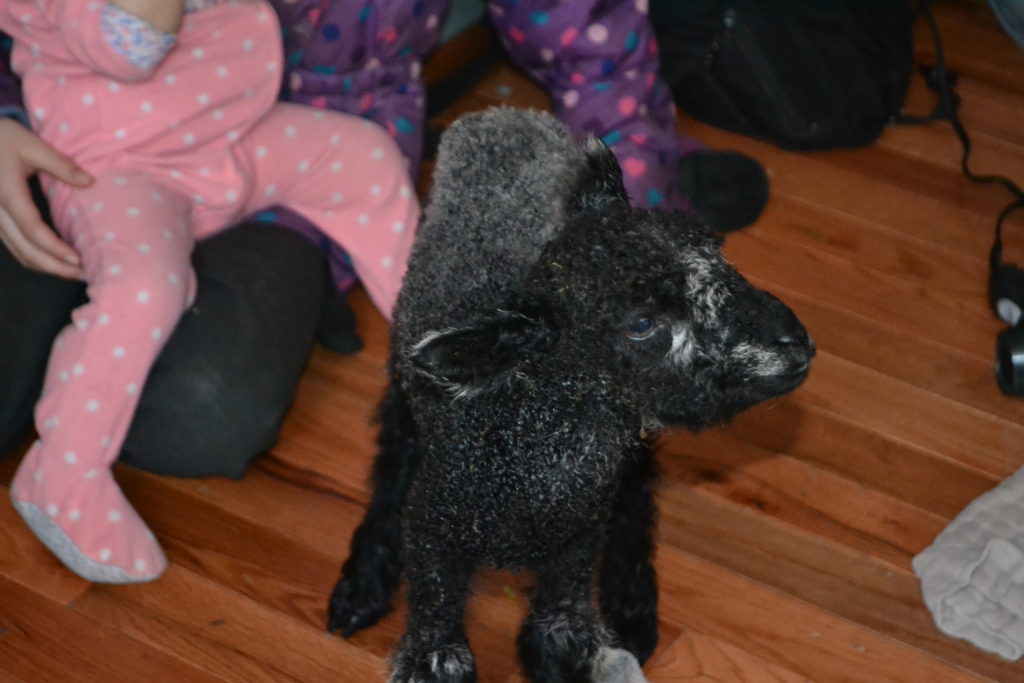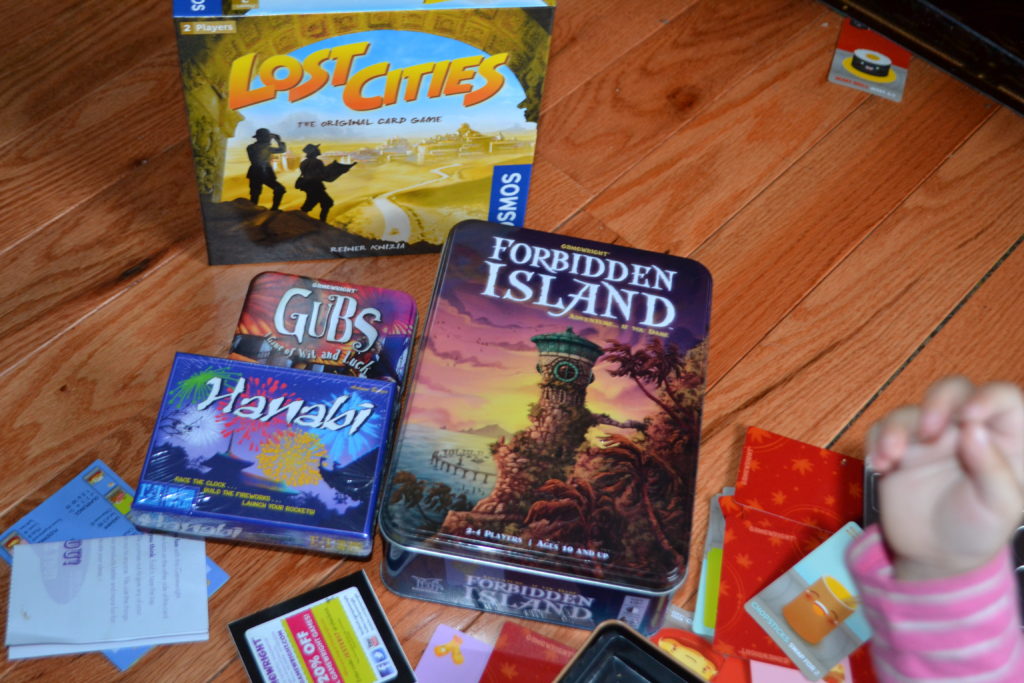Looking for a full project to do this month. Check out this suggestion from my book.
Maple syrup
Once it gets to the time of year when it is still freezing at night but warming into the 30s and 40s during the day that is the time the sap starts flowing in the trees. This brings the life blood back into the trees’ extremities. This is also the time of year when you can make the most delectable syrup around (in my humble opinion)—maple syrup.
When we were still living in St. Paul, my sister-in-law had a large maple tree in her yard. We went to a maple syrup workshop at Fort Snelling State Park and bought the taps for the trees. We convinced her to let us tap her tree, and over the course of the month we collected about 2 gallons of sap. Then, one Saturday night, the whole family came together and we boiled down the sap. Since it was a small batch, it was okay to do in the house (normally it would put off too much moisture). We stirred and stirred and watched and watched, and everyone thought we were crazy. Then finally the boiling liquid visibly changed from a watery consistency to a syrup. It happened quickly, just like that. After it cooled a bit we had a crowd of kids gathered around the huge pot dipping spoons in and eating the syrup. For many of them they had never had pure maple syrup. If you haven’t either, this is really a treat. Even if you only have one tree, it is totally worth the experience. And while small batches won’t give you a lot to preserve, you can easily do it in the house. Even a small taste is worth the experience.
If you want to learn about tapping maple trees, you could take a class like we did at one of our local State Parks. But it is relatively simple.
Step 1. Locate your trees. Maple trees have distinctive shaped leaves (think Canadian flag). It would be helpful if you did this step the previous fall. Also make sure the tree is at least 12 inches in diameter.
Step 2. Drill your hole. If this is your first year it should be relatively easy as you won’t be dealing with old “wounds.” These instructions are from www.tapmytrees.com. The spile (there are pictures on the website) it refers to is the one part you will have to buy, but they even sell them at Fleetfarm (or any farm and seed store) in the spring. This is the part that goes into the tree and causes sap to flow out to the spigot:
“The size of the drill bit to be used is dependent on the type of spile you are using. Most spiles require either a 7/16 or 5/16 bit. Drill a hole 2 to 2 ½ inches deep. It may be helpful to wrap a piece of tape around the drill bit 2 ½ inches from the tip to use as a guide. Drill at a slight upward angle to facilitate downward flow of sap from the hole. The shavings from the drilled tap hole should be light brown, indicating healthy sapwood. If the shavings are dark brown, drill another hole in a different location.”
Step 3. Hang a bucket on the spile and start collecting sap. It will be slow, but you should check it frequently. I would begin checking daily till you get a feel for how much sap you will get. When the bucket (ice cream buckets work well) begins to fill, pour it into a holding container.
Step 4. Once you have collected your sap, it is time to start boiling it down. If this is a fun experiment for the family (and if you have a small amount) this can be done inside. If you are wanting to store it or even sell it, you will need to boil off at least some of the water outside or the moisture will be too great in your house and it will saturate everything. Remember it takes 40 gallons of sap to make 1 gallon of syrup.
During this step you are boiling off the excess water until only the sugars remain. This page http://www.tapmytrees.com/pages/collect-sap-make-syrup has good pictures of the process.
History: Little House in the Big Woods has a wonderful description of a syrup-making party. In a time when white sugar was a expensive luxury item, maple syrup and maple sugar (boiling it past the syrup stage) was a way that you could make your own sweetener. Note: Molasses syrup was another common sweetener at this time.
Geography: Study where maple trees grow. What are some other forms or syrups that people in more tropical climates use? Learn about sugar beets, sugar cane, honey, etc.
Resources: I thought the website www.tapmytrees.com had the most comprehensive information about tapping maple trees online. They also sell supplies, so beware that they may suggest things you do not need.
Your local feed or farm supply store will likely have everything, you need especially in the spring.
